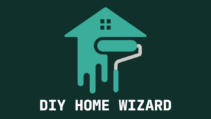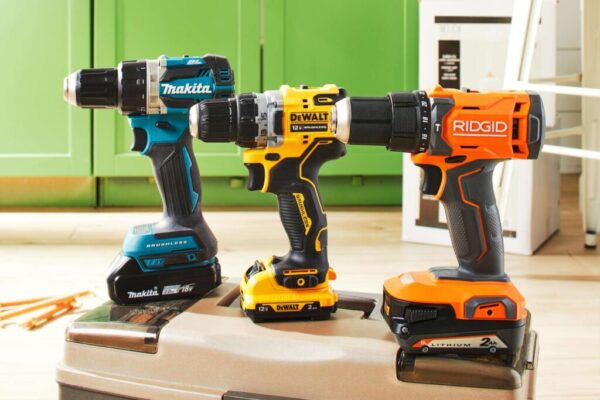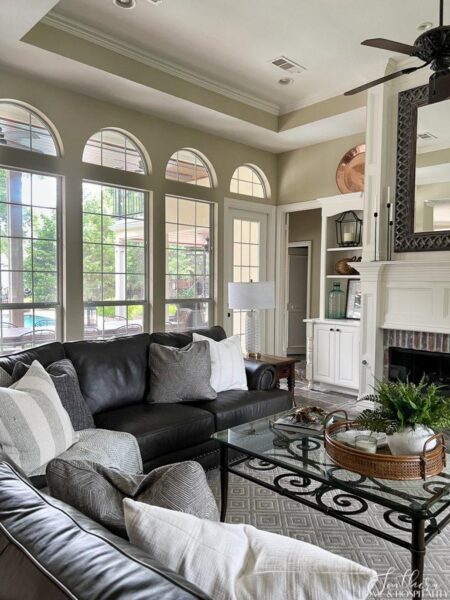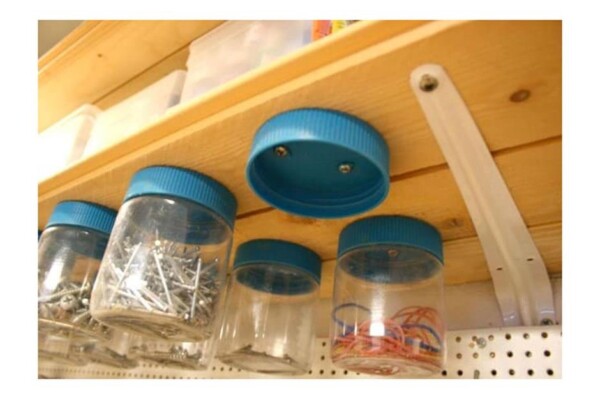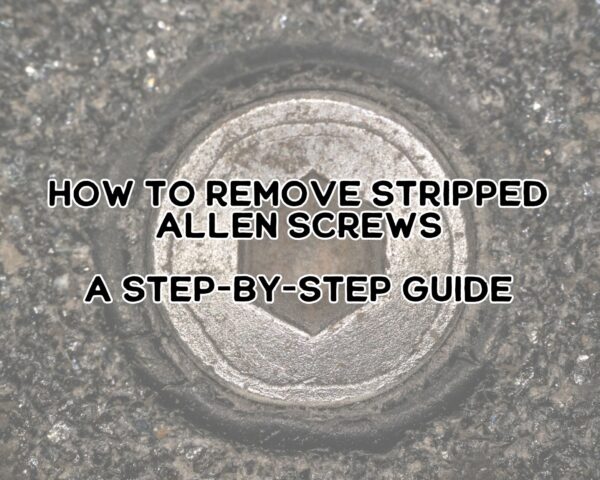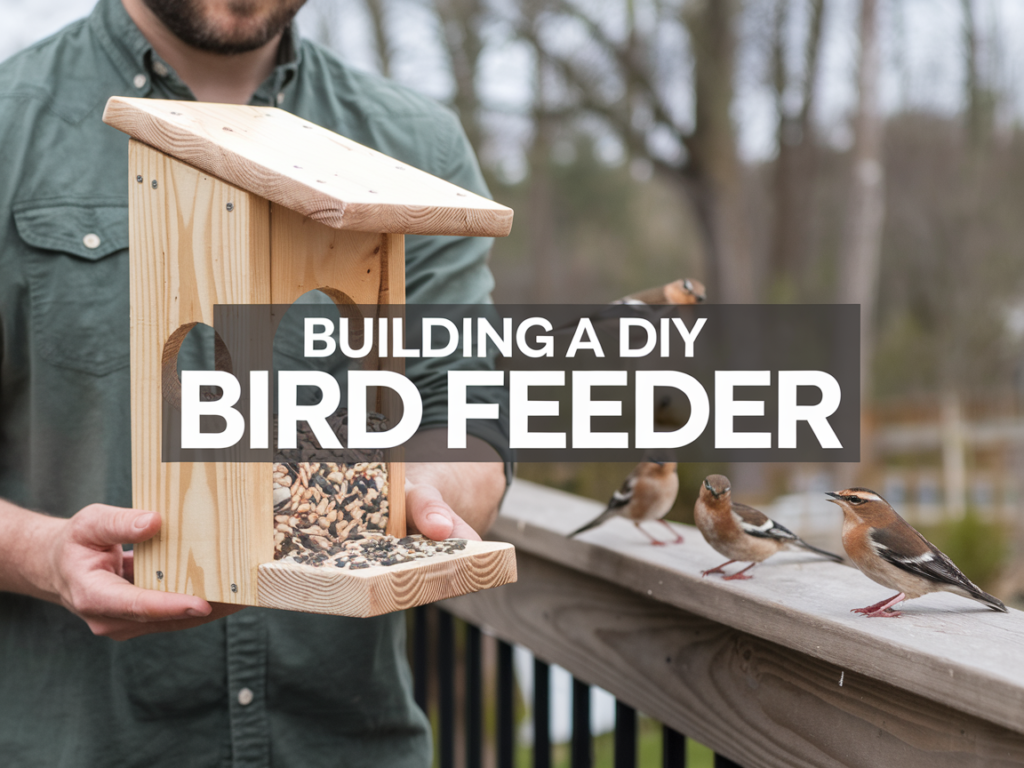
Birds bring a sense of joy and liveliness to any home environment. Creating a DIY bird feeder is a fantastic way to attract these delightful creatures and provide them with a nourishing spot to visit. Building your own bird feeder is a rewarding project that can enhance your home’s ambiance and bring you closer to nature. Here’s a step-by-step guide to help you craft a DIY bird feeder for your home.
What Are the Best Materials for a Long-Lasting DIY Bird Feeder?
When making a bird feeder, the materials you choose will affect its durability, weather resistance, and bird-friendliness. While many feeders are built from wood, other materials can improve longevity and functionality.
1. Choosing the Right Wood
For a classic wooden bird feeder, cedar, redwood, or cypress are excellent choices because they are naturally weather-resistant and less prone to rot. Avoid treated lumber, as the chemicals can be harmful to birds.
2. Acrylic or Plastic Panels
Adding clear acrylic sides allows you to see the seed level inside while keeping food dry. Make sure to use UV-resistant plastic to prevent cracking from sun exposure.
3. Metal Components for Durability
Using screws instead of nails ensures a stronger structure, while a metal roof or base protects against chewing from squirrels and other pests. If using wire mesh, opt for stainless steel to prevent rusting.
By choosing the right materials, you can extend the life of your DIY bird feeder and create a safer, more reliable feeding station for birds.
Where Should You Place Your DIY Bird Feeder for the Best Results?
Placement is crucial for attracting birds while keeping them safe from predators and harsh weather. Consider these factors when deciding where to install your feeder.
1. Keep It Away from Predators
To protect birds from cats and other animals, place your feeder:
✔ At least 6-10 feet away from trees, fences, or structures where predators can hide.
✔ On a pole with a baffle to deter climbing animals.
2. Provide Shelter but Not Too Much Cover
Birds like feeders near trees or shrubs for quick escape routes, but too much cover can attract hiding predators. Position the feeder within 10 feet of tree branches for safety without making it easy for predators to ambush them.
3. Protect from Wind and Rain
Placing the feeder under eaves, awnings, or tree branches helps shield it from strong winds and heavy rain, keeping the food dry and fresh.
A well-placed feeder encourages more bird visits while ensuring their safety and comfort.

How Can You Keep Squirrels and Pests Away from Your Bird Feeder?
Squirrels and other pests can quickly empty a bird feeder if not properly protected. Here are effective ways to deter them while keeping the feeder accessible to birds.
1. Use a Squirrel Baffle
A squirrel baffle is a dome or cone-shaped barrier placed above or below the feeder to prevent climbing. Install one on a pole-mounted feeder to keep squirrels from reaching the food.
2. Choose Pest-Resistant Feeder Designs
✔ Weight-sensitive feeders close access to seed when heavier animals (like squirrels) try to feed.
✔ Tube feeders with metal perches prevent chewing.
✔ Cage-style feeders allow small birds in while keeping out larger pests.
3. Use Squirrel-Repellent Seed
Some birds enjoy spicy foods, but squirrels hate them. Coating birdseed with cayenne pepper can deter squirrels without harming birds.
By using smart feeder designs and deterrents, you can ensure that birds—not pests—benefit from your DIY feeder.
How Do You Maintain and Clean Your DIY Bird Feeder?
Regular maintenance is essential to keep birds healthy and prevent mold, bacteria, and pests from contaminating the food.
1. How Often Should You Clean Your Feeder?
- Once a week in warm, humid weather to prevent mold.
- Every two weeks in cooler seasons if food remains dry.
- Immediately if you notice spoiled or wet seed.
2. Best Cleaning Method for Bird Feeders
✔ Empty and scrub the feeder with warm, soapy water.
✔ Soak in a diluted vinegar solution (1 part vinegar, 3 parts water) to disinfect.
✔ Let it dry completely before refilling to prevent mold growth.
3. How to Prevent Seed Spoilage
✔ Use smaller amounts of seed to ensure it’s eaten before it spoils.
✔ Store extra birdseed in a sealed, dry container to prevent moisture buildup.
✔ Avoid placing feeders in damp, shaded areas, which encourage mold growth.
A clean, well-maintained feeder keeps birds healthy and coming back year-round.
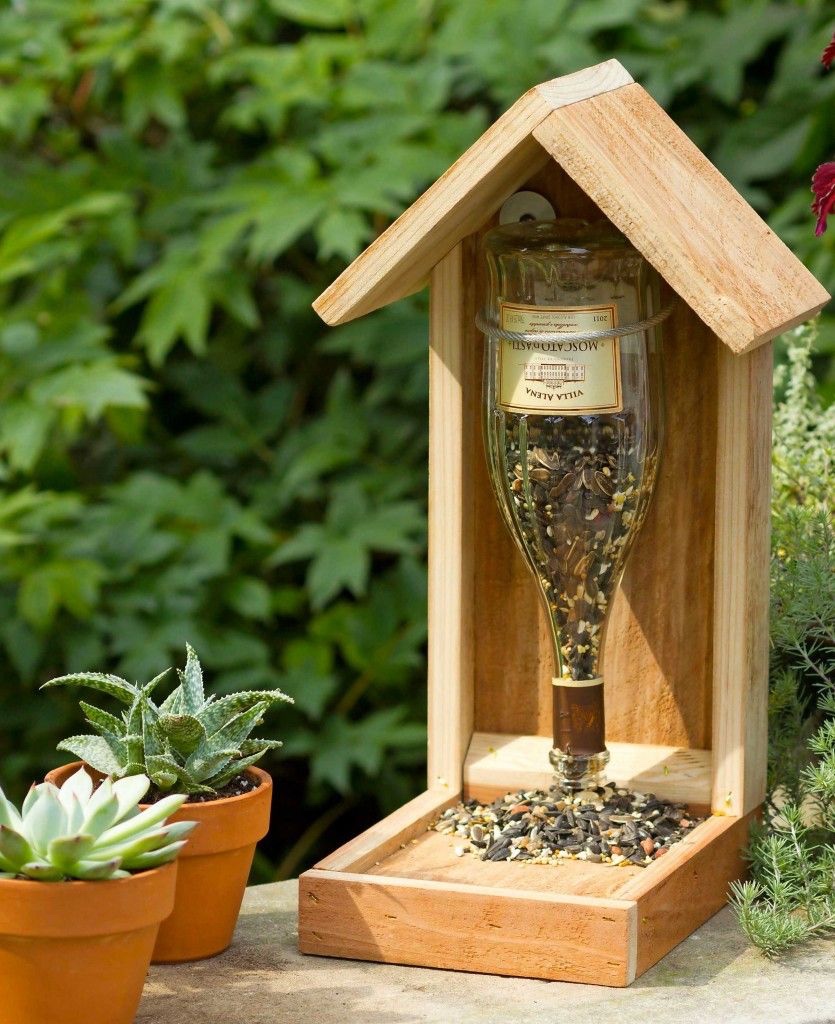
Materials You’ll Need
To get started, gather these materials:
- A plastic bottle or wooden box
- Wooden dowels or branches
- Twine or string
- Scissors or a utility knife
- Birdseed or bird-friendly food
Step-by-Step Instructions
Follow these simple steps to build your DIY bird feeder:
- Choose a Container: Select a clean plastic bottle or a small wooden box that you can easily modify into a bird feeder. Ensure the container has enough space to hold birdseed and provide access to visiting birds.
- Create Perches: Insert wooden dowels or branches through the sides of the container, providing perches for birds to land on while they enjoy their meal. Make sure the perches are evenly spaced and stable.
- Add Hanging Strings: Attach twine or string to the top of the container, creating a sturdy loop for hanging the bird feeder. Ensure the loop is secure and can support the weight of the feeder.
- Fill the Feeder: Pour birdseed or bird-friendly food into the container through the top opening or removable lid. Choose a nutritious birdseed mix that appeals to a variety of bird species.
- Hang the Feeder: Find a suitable spot in your outdoor space to hang the bird feeder. Consider placing it near a window or in a garden area where you can easily observe the visiting birds. Make sure the location is safe and away from any potential hazards.
- Maintain and Refill: Regularly check the feeder for cleanliness and remove any old or moldy food. Clean the feeder with mild soap and water as needed. Refill the feeder with fresh birdseed to keep the birds coming back for more.

Enjoy the Nature Show
Building a DIY bird feeder allows you to witness the beauty of nature right from the comfort of your own home. Sit back, relax, and enjoy the charming sights and sounds as birds flock to your feeder throughout the seasons. You’ll have the opportunity to observe their fascinating behaviors and appreciate the wonders of the natural world.
Remember to research the bird species in your area and provide appropriate food options that cater to their dietary needs. By creating a welcoming space for birds, you’re not only enhancing your home’s appeal but also contributing to the well-being of local wildlife.
Visit WeaverFamilyFarmsNursery.com to get plants shipped to you that birds need to thrive!
As an Amazon Associate we earn from qualifying purchases through some links in our articles.
